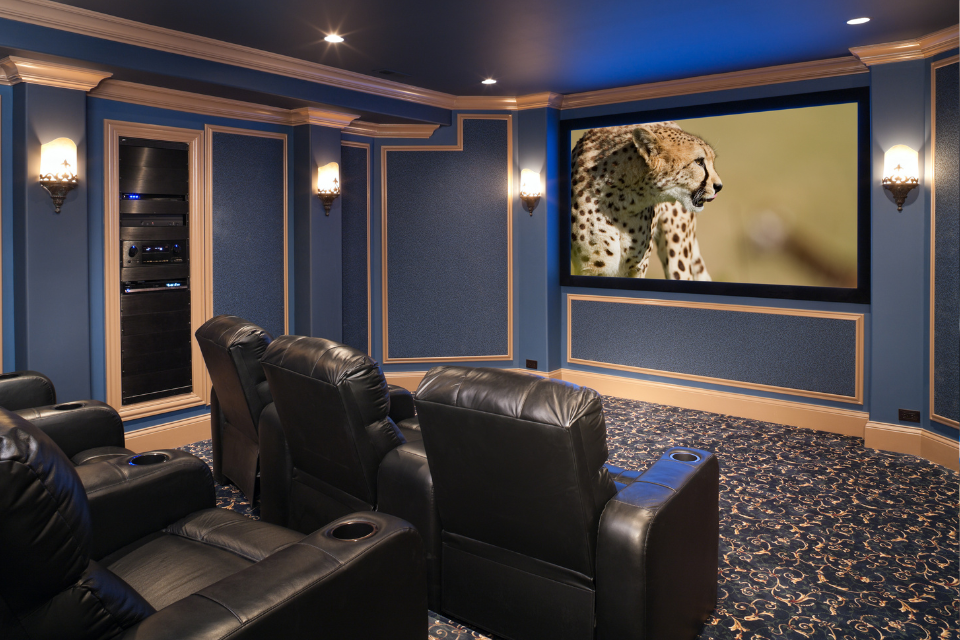Creating the perfect home theatre experience goes beyond having the latest audio and video equipment. A critical yet often overlooked component is the home theatre power manager. This device ensures that your expensive electronics are protected and perform optimally by managing the power supply effectively. In this article, we will explore the benefits of using a home theatre power manager and provide a step-by-step setup guide to help you get the most out of your home entertainment system.

What Is a Home Theatre Power Manager?
A home theatre power manager, also known as a power conditioner, is a device designed to regulate and distribute electrical power to your home theatre components. It offers surge protection, noise filtering, and power distribution to ensure that all connected devices receive a clean and stable power supply. By managing the power more efficiently, it helps to protect your equipment from electrical surges, spikes, and noise, which can degrade performance and shorten the lifespan of your electronics.
Benefits of Using a Home Theatre Power Manager
- Surge Protection: One of the primary benefits of a home theatre power manager is surge protection. Electrical surges, often caused by lightning strikes or power outages, can damage your sensitive electronic components. A power manager protects against these surges, ensuring your expensive equipment remains safe.
- Noise Filtering: Electrical noise from other appliances in your home can interfere with the performance of your home theatre system. A power manager filters out this noise, resulting in cleaner power that enhances audio and video quality. This is particularly important for high-fidelity sound systems and high-definition video displays.
- Power Distribution: A home theatre power manager provides multiple outlets, allowing you to centralize the power supply for all your components. This not only simplifies cable management but also ensures that each device receives the appropriate power level, preventing overloading and potential damage.
- Improved Performance: By delivering clean and stable power, a power manager can improve the overall performance of your home theatre system. Audio and video components will function more efficiently, leading to better sound and picture quality.
- Extended Equipment Lifespan: Consistent and regulated power supply reduces wear and tear on your electronics, extending their lifespan. This means fewer replacements and repairs, ultimately saving you money in the long run.
- Convenience: Many home theatre power managers come with additional features such as remote control operation, sequential power-on capabilities, and voltage monitoring. These features add convenience and further protect your equipment from electrical issues.
Step-by-Step Setup Guide for a Home Theatre Power Manager
Setting up a home theatre power manager is a straightforward process. Follow these steps to ensure proper installation and optimal performance:
- Choose the Right Power Manager: Select a power manager that suits your needs and the specifications of your home theatre system. Consider the number of outlets, surge protection rating, noise filtering capabilities, and any additional features you may require.
- Unplug All Equipment: Before starting the setup, unplug all your home theatre components from the wall outlets. This ensures safety and prevents any electrical issues during installation.
- Position the Power Manager: Place the power manager in a convenient location, preferably close to your home theatre components. Ensure it is easily accessible for plugging in devices and monitoring.
- Connect the Power Manager to a Wall Outlet: Plug the power manager into a grounded wall outlet. Ensure the outlet is in good condition and can handle the total power load of your home theatre system.
- Connect Your Home Theatre Components: Plug each component of your home theatre system into the power manager’s outlets. Start with the most critical devices, such as your TV, receiver, and speakers, followed by other components like gaming consoles, Blu-ray players, and streaming devices.
- Label the Cables: To simplify future maintenance and troubleshooting, label each power cable according to the connected device. This will help you quickly identify and manage cables in the future.
- Turn On the Power Manager: Once all components are connected, turn on the power manager. Some models may have a master power switch, while others might power on automatically when plugged in.
- Configure Any Additional Settings: If your power manager includes features like sequential power-on, voltage monitoring, or remote control operation, configure these settings according to the manufacturer’s instructions. This will help optimize the performance and protection of your home theatre system.
- Test Your Home Theatre System: Power on your home theatre components one by one and ensure they are functioning correctly. Check for any signs of electrical noise or interference and verify that the surge protection features are active.
Conclusion
A home theatre power manager is an essential component for anyone looking to protect and enhance their home entertainment system. By providing surge protection, noise filtering, and efficient power distribution, a power manager ensures that your expensive electronics perform at their best and have a longer lifespan. Setting up a home theatre power manager is a simple process that offers significant benefits in terms of performance, convenience, and equipment longevity.

Sarah Collins is a professional interior designer and home improvement expert with over 12 years of experience in the field. Her expertise spans from DIY projects to large-scale renovations, helping homeowners transform their living spaces. Sarah’s practical advice, creative ideas, and hands-on guides have made her a respected authority in home improvement.




